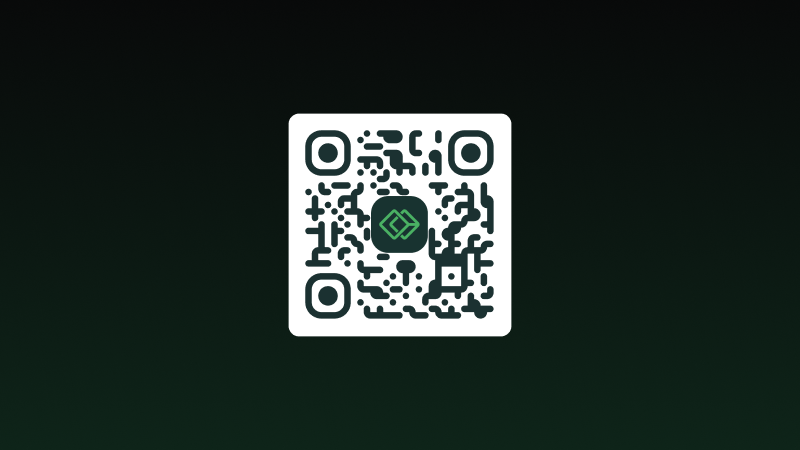According to a report by Juniper Research, global spending using QR codes may increase from $2.4 trillion in 2022 to $3 trillion by 2025. Various factors will drive the upward trend, including the need for contactless payment solutions and financial inclusion in developing areas.
For example, 93% of Southeast Asian consumers now use contactless payments, including QR codes. This rise is not limited to Asia; other regions, like Africa and Europe, are also experiencing significant growth in adopting QR code payment. The upward trend signals that QR code payments are here to stay, and businesses need to adapt.
The surge in QR code payments is noticeable across different regions, with businesses and consumers embracing the technology for its simplicity and efficiency.
What are QR code payments?
QR code payments involve initiating a transaction using a Quick Response (QR) code. These two-dimensional barcodes contain encoded information that a smartphone or specialized device can scan. When used for payments, the QR code typically links to a payment gateway or a mobile wallet, allowing the consumer to purchase without needing physical cash or credit cards.
The QR code’s versatility has led to its growing popularity. A merchant can display it on their counter for scanning, print it on receipts, or show it on digital devices. Once scanned, the payment details are sent directly to the customer’s mobile wallet or payment app, making the transaction smooth, reliable, and efficient.
Factors contributing to QR code payment preference
Several factors contribute to the increasing preference for QR code payments. These include:
- Convenience: QR code payments are easy to set up and use, requiring only a smartphone and a stable internet connection.
- Security: QR codes offer enhanced security features, such as encryption and customizing codes for specific transactions.
- Cost-effectiveness: QR code payments require minimal infrastructure compared to traditional card readers or point-of-sale systems.
- COVID-19 influence: The pandemic has accelerated the adoption of contactless payment methods, with many businesses and consumers now accepting QR codes as a safer option.
- Global reach: As mobile payment options expand globally, more regions are adopting QR codes as a preferred payment method.
These factors, combined with the increasing use of mobile phones, are driving the rapid adoption of QR code payments across various markets.
Why online businesses must consider QR code payments
Online businesses stand to benefit from adopting QR code payments. Here are a few reasons why:
- QR code payments don’t require expensive point-of-sale systems, making them ideal for small businesses and startups.
- Scanning a QR code is faster than entering card details, reducing customers’ time at checkout, which can lead to higher conversion rates.
- QR code payments provide a convenient, contactless payment option, enhancing the client’s overall experience.
These benefits make QR codes valuable for any online business looking to enhance its payment system and improve customer satisfaction.
Verdict on QR code payments
QR code payments offer businesses and consumers a practical, secure, and convenient solution. Their global adoption is due to their simplicity, low cost, and the increasing smartphone use for transactions. As mobile wallets and digital payment systems become more ingrained in daily life, QR codes play a pivotal role in the future of payments.
Online businesses should seriously consider incorporating QR code payments into their checkout processes. This payment method provides customers with a faster, more streamlined experience. QR code payments also helps companies expand their reach to global markets without complex payment infrastructure.
As the statistics show, QR code payments are not a passing trend—they are becoming a staple in the modern financial landscape. For businesses looking to stay competitive, adopting QR code payments is not just a smart move—it’s essential.

